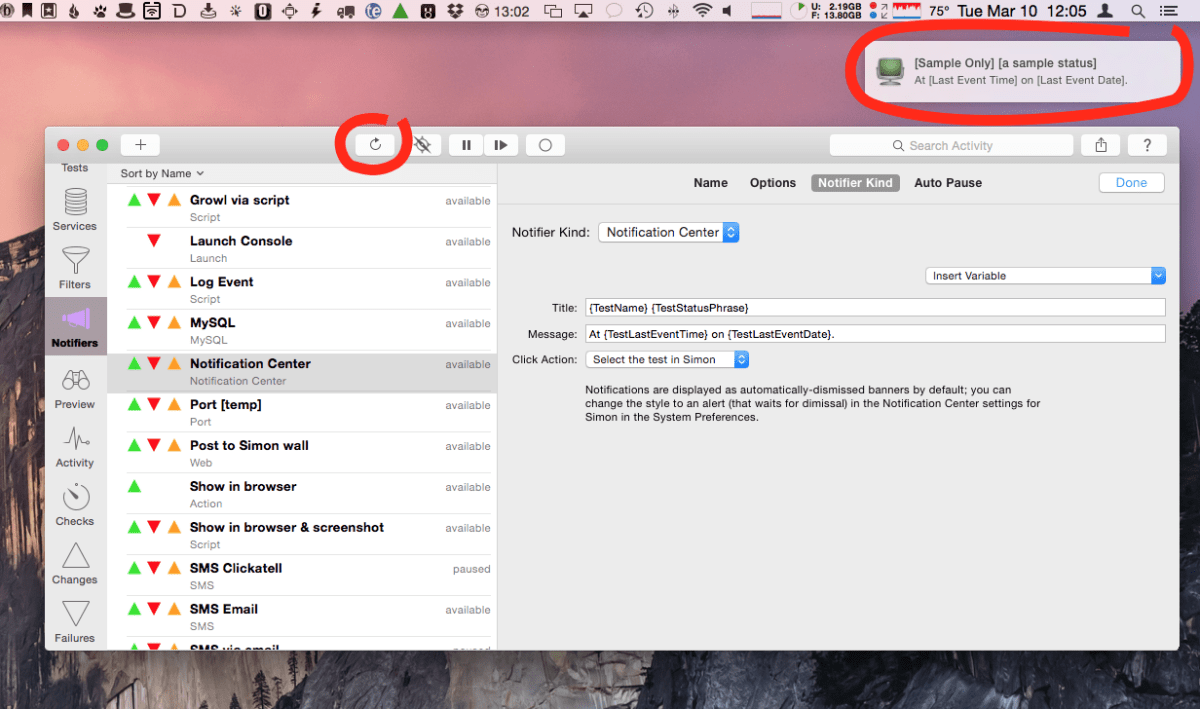In ye olde days, software was sold once, for what would be considered nowadays to be a high price, and every year or so the developer would release a major paid upgrade, typically charging about half of the original price.
I still do this for Simon, my pro tool to monitor websites and servers for changes or failures, since that model is still common for pro apps. Though it is also available on Setapp, as part of a subscription along with hundreds of other apps.
But for Time Out, my popular break reminder app, I wanted to try something different. I introduced a “supporter” model, where people can get the main features completely free, but be rewarded for supporting ongoing development with extra features.
Unlike old-school purchases, the supporter purchases are much cheaper, only a few bucks, and for a specific period of time, 3, 6, or 12 months. The extra features can be tried for an hour at a time, or are unlocked permanently with any supporter level. The “catch”, such as it is, is that when I update the app, I may add new features that are only available to current supporters, so if your support has expired, you won’t get those features unless you renew your support. Of course, you can try them, to help decide if you want to renew.
That seems really fair to me; you can have breaks for free, or get extra features cheaply, and if you like my improvements, you can help pay for their development. Or continue using the older features forever without paying more.
Win/win — you get a useful app that is regularly improved, and I get to eat. I also don’t have to hold back major features for a big paid upgrade; I can add things whenever desired.
Even so, I occasionally get people asking about a lifetime purchase option. I don’t currently offer that, since I feel it would be detrimental to the long-term survival of the app. However, you can effectively make your own lifetime option, by purchasing multiple 12-month supporter statuses. Each one you purchase will extend your supporter status by a year. So if you envision using Time Out for the next 5 years, purchasing 5 times will extend your support that long. Or whatever duration you want to use.
Of course, it’s worth reiterating that you don’t have to pay more than once if you don’t want to. You can become a supporter at whatever level you feel comfortable with, and not pay again unless you want to show your appreciation (kinda like a tip jar). After your supporter status expires, all of the advanced features that you had when you were a supporter will remain available permanently. You’d only need to renew if I add new features in the future that you want to use.











